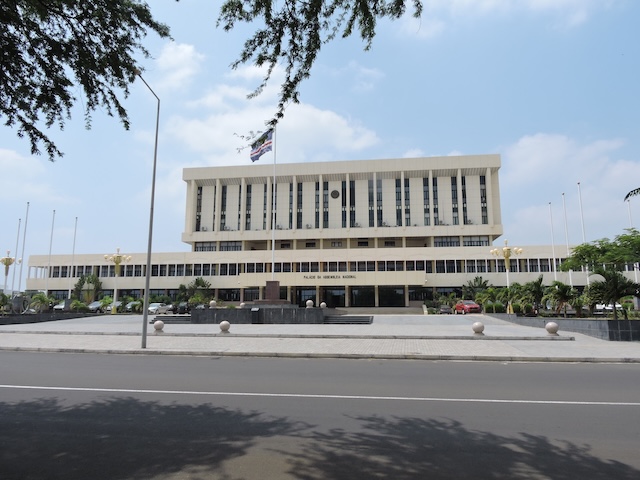On 23 January 2018 a pilot program was launched in relation to multilateral risk assessment of large multinational groups. The program known as the International Compliance Assurance Programme (ICAP) is a the pilot for a voluntary programme to use country by country (CbC) reports and other available information as the basis for multilateral engagement between tax administrations and multinationals to provide tax certainty at an early stage.
The dialogue between the tax administration and the multinational could be coordinated between several jurisdictions in which the multinational operates, thereby ensuring more effective use of the available transfer pricing information such as the CbC report, master file and local file as well as a more efficient use of resources and a reduction in the number of cases going to the mutual agreement procedure.
ICAP has been developed within the OECD Forum on Tax Administration (FTA) Large Business and International Programme. The pilot includes the tax administrations of Australia, Canada, Italy, Japan, the Netherlands, Spain, UK and US. The risk assessment of the multinationals will begin in the first half of 2018 and is targeted to be completed within twelve months. A handbook on procedures for the pilot has been published.
The multinationals participating in the pilot will be asked to submit specified information and around six weeks later there will be a meeting between the group and the covered tax administrations to discuss the information submitted and the procedure to be followed.
The initial meeting with the tax administrations would include a presentation by the multinational group. This should include an explanation of the contents of the CbC report, master file and local file; a general description of the group’s global value chain including activities in the jurisdictions of the covered tax administrations and the significance of activities in those jurisdictions to the group’s global business; any transfer pricing and permanent establishment risks; the group’s tax control framework and how it is applied in practice to align the tax outcomes with the desired risk profile and tax strategy and to mitigate tax risks; an overview of the group tax reporting and IT systems and a summary of how tax data is captured and analysed in the relevant tax jurisdictions; an overview of business restructurings in the last three years; and an overview of the group’s external funding position.
The tax administrations will then continue with an assessment of the transfer pricing risks and permanent establishment risks based on the information received and on the information they already hold. They begin with a high level risk assessment but if necessary will continue to an in-depth assessment. The high level (level 1) risk assessment would require eight weeks, plus an additional four weeks if more time is required or an additional eight weeks if more documents are needed. The in-depth (level 2) risk assessment would require around five months, plus three more weeks if a risk assurance phase is needed. After a further three weeks the tax administration would issue an outcome letter.
The outcome letter from the tax administration at the end of the process would outline the risk assessment steps taken and would set out the risks in relation to which they have gained assurance and any remaining identified tax risks. The letter would include appropriate caveats and notifications such as the requirement to notify the tax administration in the event of any material change affecting the covered risks.














